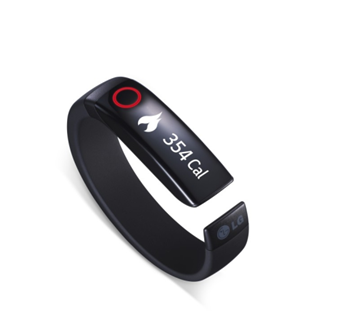Future Technology
Technology Highlights
The wearable DH® bio sensor device designed by us, primarily focusses on early detection and avoidance of dehydration in athletes, where the problem is acute. Using a wearable sensor that extracts salt from sweat and uses that as a biomarker indicating level of dehydration.
The sensor consists of a composite bio-receptor, a solid state smart electronic system and a visual indicator.
The bio-receptor consists of a water absorbing gel and a thin carbon nanotube substrate acting as a receptor accumulating salt. The soft gel absorbs the water and leaves the residue salt on the receptor.
Salt concentration and water absorption provides means of identifying level of dehydration. Correlations are available through systematic testing of several individuals covering various aspects of biological variations.
The amount of salt for calculating concentration is obtained through a dual correlation; electrical conductivity of the substrate changed by the presence of salt and the weight of salt measured using carbon nanotube weight sensor.
The gel absorbs water vapor from the sweat and swells, changing its volume. The change in shape produces a signal via a carbon nanotube sensor which will send an electrical signal proportional to the volume change. This will be used to calculate the volume of water in the sweat and thus the concentration.
The two signals, one for the weight measure (conductivity and deposition of salts) and another from the swelling measurement, are fed through a microcontroller chip that can compute the level of hydration based on correlations developed.
The bio-receptors are the visual indicators, collecting data and providing an instant “hydration” grading through color change.
The wearable device can be fitted in a person, wrist or neck or forehead – where sweat is mostly generated.
As the device starts analyzing the salt weight and water volume, electrical signals are generated and the signal processor will eventually provide indication to the bio-receptor to change the visible color.
The wearable device also contains an integrated wireless device to transmit the data for analysis.
With historical data collected, the coach or trainer can monitor hydration level remotely on a smart device and intervene in the event of a serious dehydration.



